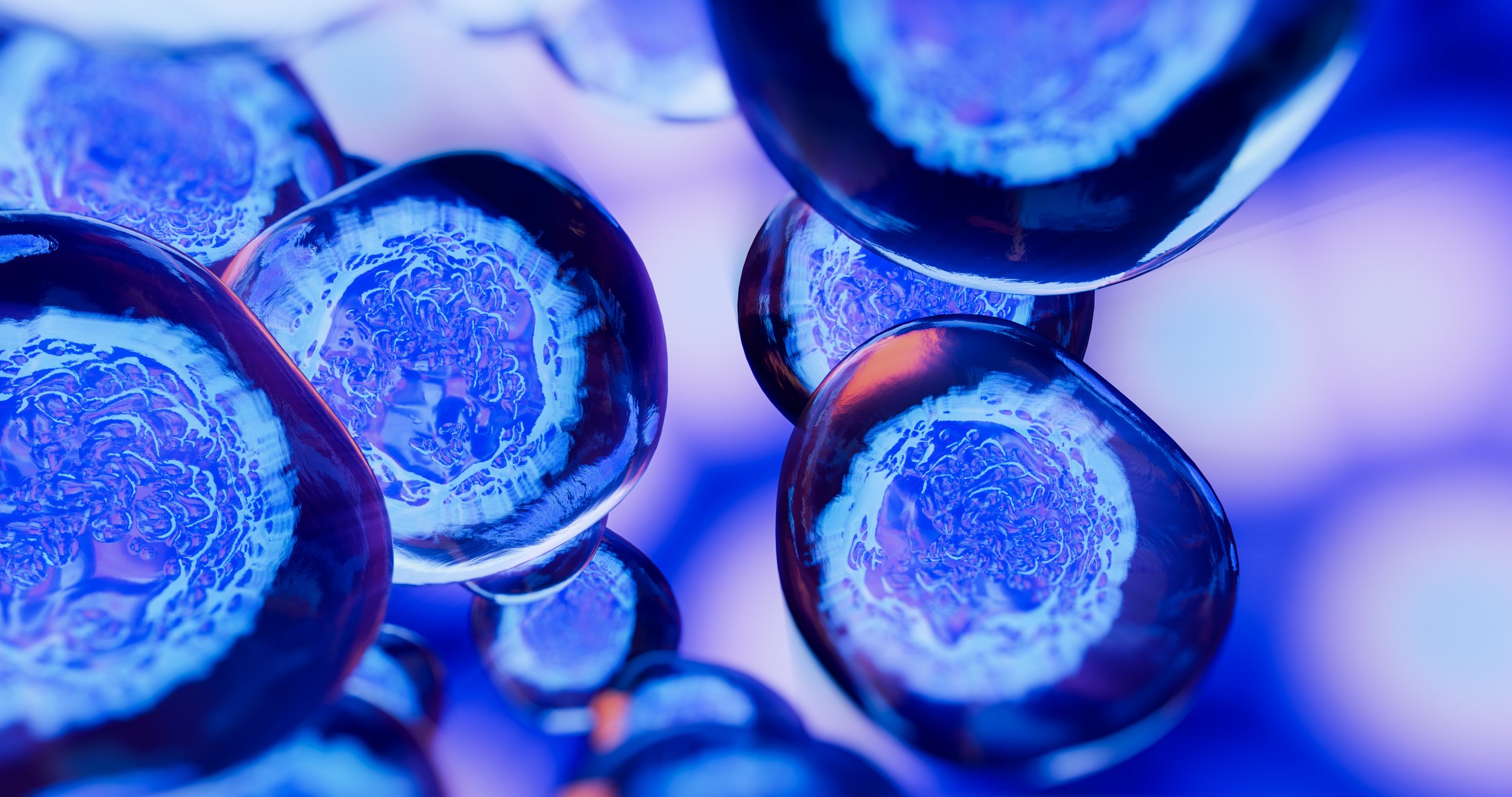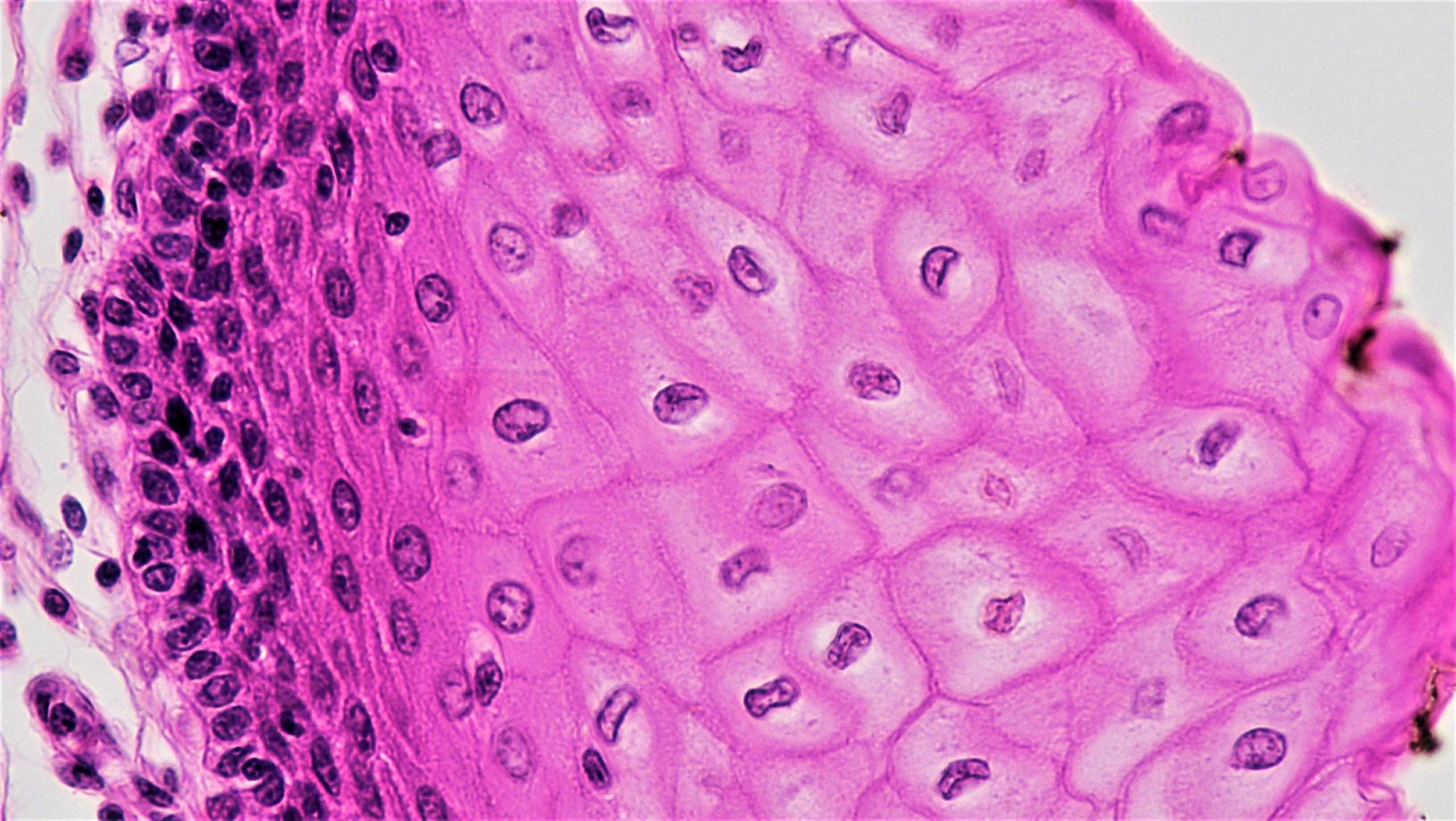What should I be cautious about if I am considering an unproven stem cell “treatment?”
Although research is ongoing, most stem cell treatments are experimental and have not been shown to be effective and safe. There is certain information you should investigate if you are considering an unproven stem cell “treatment” outside of a regulated clinical trial, including a detailed description of the treatment, the science that supports it, the expected outcome, and the risks.
Several major warning signs of a company advertising an unproven stem cell “treatment” include:
⚠ Claims based on patient testimonials. Be wary of clinics that rely on patient experiences rather than properly controlled studies. It is critical to evaluate a patient’s response to treatment in a blinded study, where the patient does not know if they received the stem cell treatment or not. Patients can sometimes observe a perceived benefit after a treatment which may not be as a result of the treatment itself. Patients may also have experienced benefits unrelated to the treatment. Unless there has been carefully evaluated clinical research, it is difficult to determine the effectiveness of the treatment and what a patient can expect.
⚠ Multiple diseases treated with the same cells. Stem cell treatments are not “one-size-fits-all”. Different diseases, such as Parkinson’s disease and heart disease, would be expected to be treated with different cell types, and therefore different stem cell treatments, that are appropriate for the respective disease. Also, your treatment should be provided by a doctor that is a specialist in your disease or condition.
⚠ The source of the cells or how the treatment will be performed is not clearly documented. This information should be clearly explained in an Informed Consent or Treatment Consent Form. In addition, there should be a protocol, which can be thought of as the operating manual for the treatment, that outlines the treatment in detail to the medical practitioner. While it may not be made available to you automatically, you should be able to request the protocol. For a clinical trial or experimental treatment, protocols should have been reviewed for scientific merit by independent experts and approved by an ethics committee to ensure that the rights and well-being of the participants will be respected. When considering a stem cell treatment, ask who has approved this protocol and when the approval expires.
⚠ Claims that there is no risk. There is always risk involved with treatment. Information about the possible risks should be available from preclinical or clinical research.
⚠ High cost of treatment or hidden costs. It is not customary for someone to pay to be in a clinical trial. Consider what costs are involved in the “treatment”. Ask about additional costs beyond the fee for administering the “treatment”, such as costs of emergency medical care if something goes wrong, particularly if you are outside your own country. Find out what costs your national health program or health insurance provider will cover, in what circumstances, and in what countries.
⚠ Assurances that you can bank (store) your or your child’s stem cells for future therapeutic use. While there are a few legitimate uses for banked cells, you should be aware that there are unscrupulous stem cell clinics and blood/ tissue banks that make false promises about stem cell treatments and promote banking stem cells for years, or even decades, for unproven future uses against a broad spectrum of diseases unrelated to the cell type stored. You and your family should be aware that storing cells for an indefinite time for a potential future “treatment” can be costly and there are no guarantees that the cells can be used or that the advertised future treatment will be shown to be safe and effective.
⚠ Claims that regulatory approval isn’t needed. In many jurisdictions, regulatory oversight is required if the cells are manipulated to a certain extent (see definition of minimal manipulation, as an example) or if the cells will be used in a way that is different from how they would normally function (see definition of homologous use, as an example). In these cases, stem cell treatments require regulatory oversight even if cells are being harvested and returned to the same patient.



